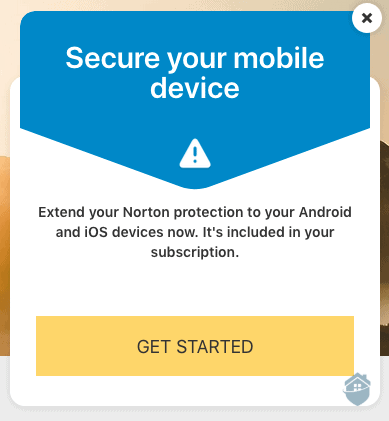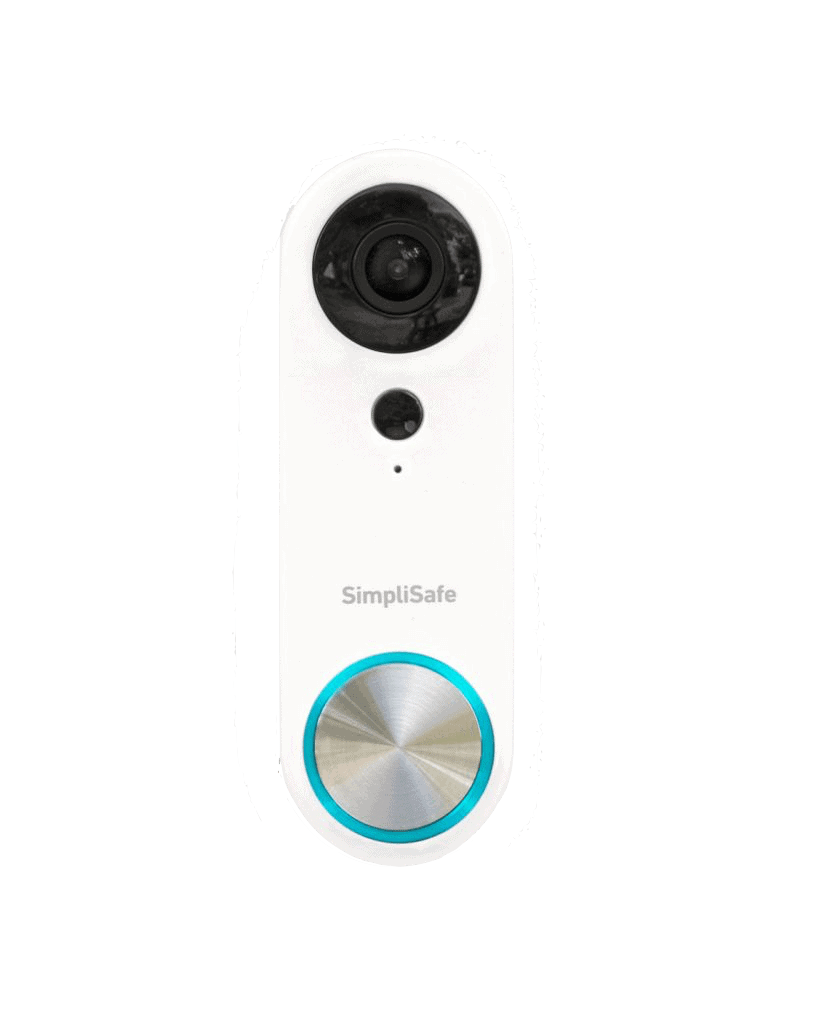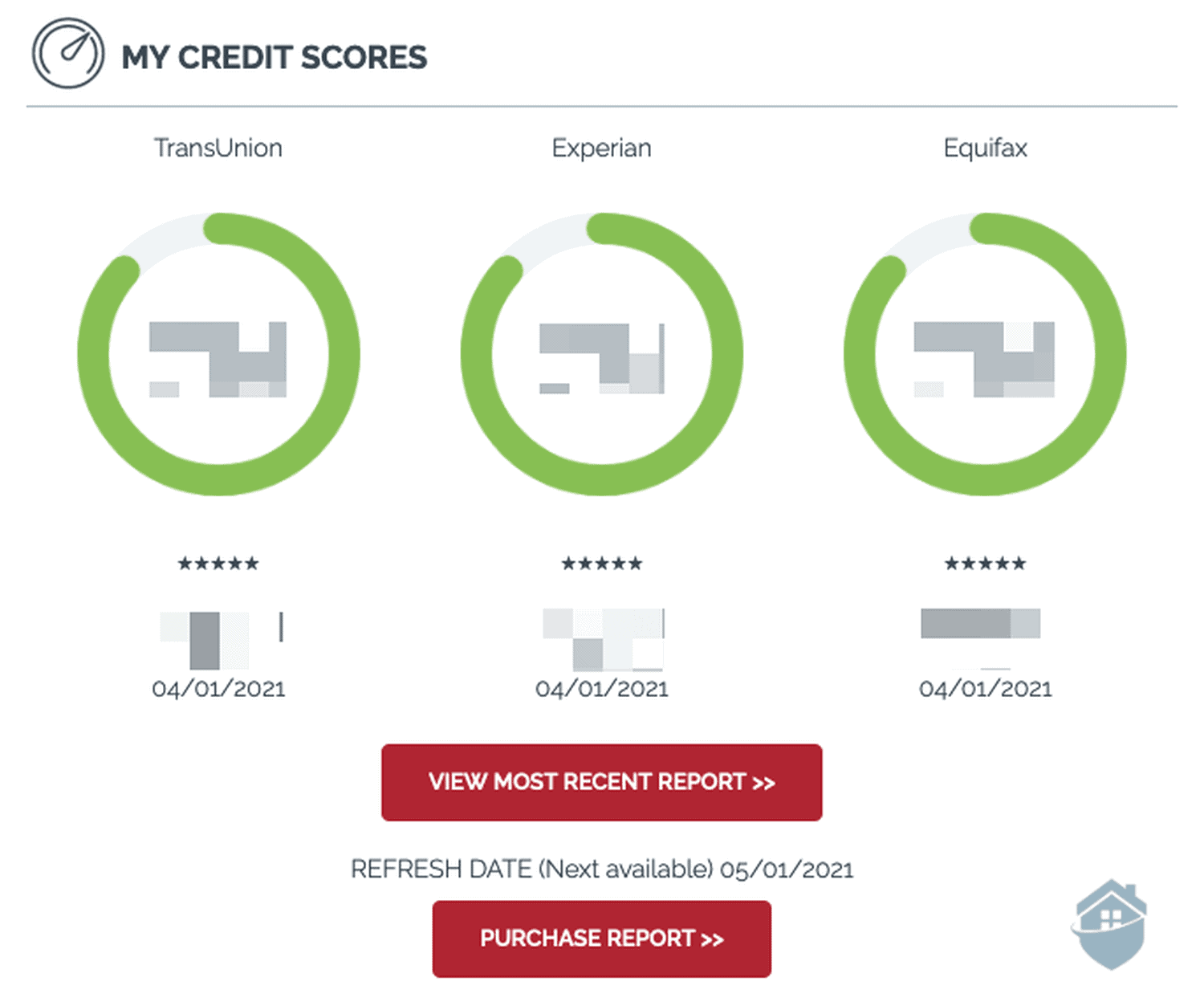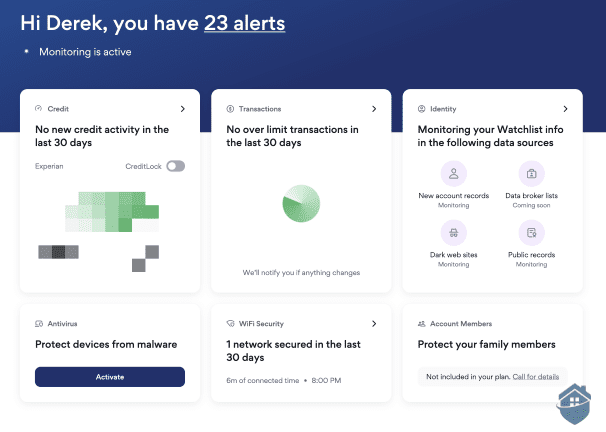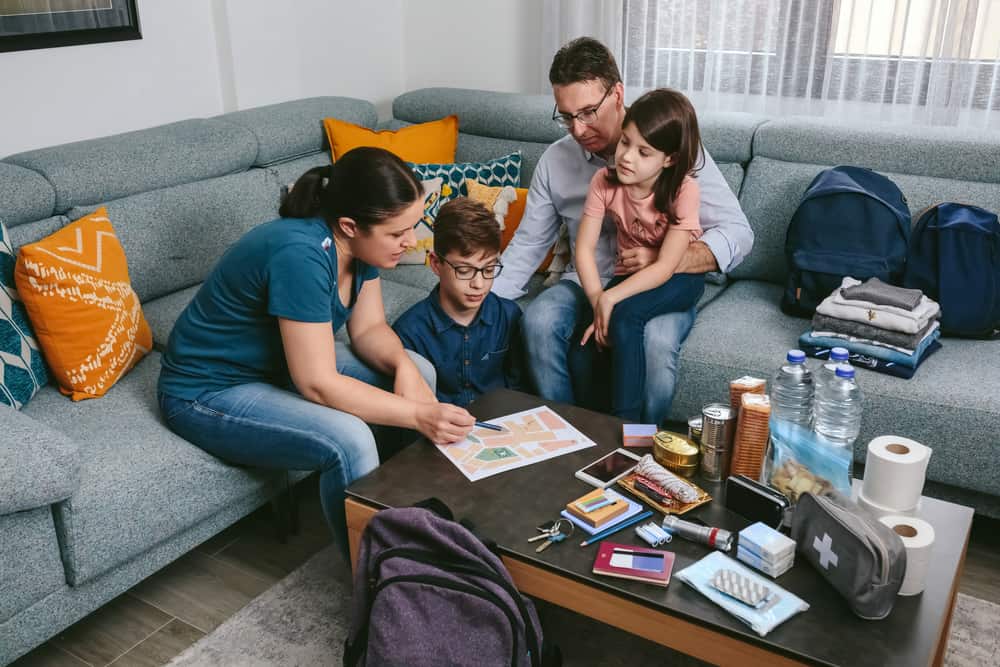
Let’s face it, we as parents have a lot of things to worry about – and fretting about our children’s safety is at the very top of the list. You wake up in the middle of the night with the thought, “What if there’s a fire? Do my kids know what to do?” Or, even worse, “Do I know what to do?”
The Federal Emergency Management Agency (FEMA) recommends every family put together a detailed emergency plan, in addition to gathering supplies to be able to enact that plan if or when the time comes.
One of the first steps you need to consider is what type of disaster is likely to occur where you live. While a fire can happen anywhere – and you should be prepared for a fire – other areas experience hurricanes, earthquakes, floods, and so on. You’ll need to tailor your family’s emergency plan to your geographical location.
In addition to being mindful of your area’s particular challenges, you need to think seriously about your own family’s unique needs. Some family members may take crucial medications or need specialized baby formula, or you may have multiple pets that will have to be accounted for, or a senior relative who lives nearby may need checking on. Focus on your individual family situation, in addition to having all the basics.
Pro Tip: When prepping for a disaster, you should think about your plan in three phases: before, during, and after the emergency occurs. If you focus on the “before” part, as in prepare, plan, and practice, the “during” and “after” parts will go a lot better.
No matter what natural disasters can occur in your area, or your particular needs, there are steps you can take to be as ready as you possibly can. Start making a plan today, because you don’t want to be caught unprepared when a crisis strikes.
Creating Your Family Emergency Plan
STEP 1: Identity your area’s and family’s specific needs.
Before you can make a plan, you need to know what it is you’re planning for. You also need to focus on who you are planning for. Think about your kids, your pets, and your elderly parents, or your neighbors.
Are you preparing for a flood, an earthquake, or a hurricane? Once you’ve thought this through, you can plan appropriately.
If it’s for an earthquake, for example, you will need to earthquake-proof your house as much as possible. Check around your home for objects that can fall that may be ill-placed, secure cabinets to the wall, make sure you have eyeglasses and closed-toe shoes in an easily accessible place that won’t shift during the shaking, and so on.
Once you’ve done your pre-prepping, you can move on to forming the actual plan.
STEP 2: Write your plan down on paper.
FEMA’s website Ready.gov offers you a template for making sure you have all the information that you need. Important phone numbers, including schools, neighbors, doctors, and vets; medications; insurance plans; and other important information should all be written down.
Remember that your cell service may be out, and if your phone dies, you may not have access to a lot of important information that most of us keep stored on our devices.
Print out copies and keep them in a place you can easily access. Don’t rely on an app or your computer in case they aren’t accessible or the battery has died.
Once you have the list of your important numbers, make a checklist of what needs to be done around the house during the emergency. Such tasks may include shutting off valves for gas or water; checking for injuries; looking for downed power lines; sweeping away debris, such as broken glass; and calling your out-of-town contact.
Pro Tip: Consider purchasing a fireproof, easily portable box that contains your most important documents and photos. Don’t wait until an evacuation order is in place or your smoke alarm goes off to gather these items.
STEP 3: Create a disaster kit.
According to FEMA, you need to plan on supplies that will last for at least three days. It offers a detailed suggestion list on its website, but everyone’s kit will be different.
The basics should include:
- A gallon of clean water per person per day
- Nonperishable food, such as canned and dried goods
- Flashlights or lanterns
- A battery-powered radio
- A first-aid kit
- Travel cellphone chargers (make sure they’re fully charged)
- Extra batteries
- Masks (in case of contaminated air)
- A can opener
- A wrench or pliers for turning off utilities
- A camping stove and propane
Other items to consider:
- Extra vital medications
- Baby formula/diapers
- Waterproof matches
- Cash
- Wet wipes
- Paper maps
- Board games, puzzles, etc.
- Paper plates and napkins
- A fire extinguisher
Pro Tip: For those seniors in your life, you might want to consider a reliable medical alert system so that they can reach you or emergency personnel easily during a crisis.
STEP 4: Set meeting places and contacts.
Emergencies can happen when family members are at work or school, or just out and about. You may also have relatives who live nearby, such as elderly parents, who will need to be part of your plan. Make a plan with the less mobile seniors in your life to stay put and you will get to them.
Set a meeting place, both for near home, in town, and out of town, in case you are separated from your family members. Be specific, such as Mom’s walk-in closet, or the oak tree at the end of the driveway, or by the mailbox, or the post office on Main Street, or Aunt Sue’s house. Whatever the place is, be very specific.
If you have school-aged children, make sure you are aware of their school’s emergency plans and how, when, and where you would pick up a child. Check to make sure another parent or relative is cleared to pick up your child in case you can’t get there.
Designate an out-of-town contact person who everyone is aware of. Sometimes local phone lines are busy during an emergency, but you can get through to someone in another state. Pick a person, make sure everyone knows who it is and has their number, and check in with that person as soon as you’re able. If you’re separated from loved ones, it’s a good backup system to get an update on everyone’s safety.
Did You Know? FEMA has a newly designed app that will give you real-time updates on disasters, plus planning tips, weather maps, and more. Download it as another tool in your emergency planning arsenal.
STEP 5: Perform drills.
It’s very common to panic in an emergency situation, so practicing your escape when you’re not actually in an emergency is vital. For example, in the case of a fire, experts recommend setting a goal of three minutes to get out of the house. Set a timer and practice by simulating the situation with your family. Have them exit the house the same way they would if there were an actual fire, and suss out any trouble spots and issues.
If there are teenagers in your midst, this step may draw eye rolls, but it’s very important. Remind them that there is a reason they perform drills at school!
Research the best way to react during whatever disaster you are most likely to experience, such as the proper way of sheltering during a tornado, the best place to drop and cover during an earthquake, or how you will evacuate ahead of a hurricane. Talking about it is good, but actually doing it is better.
Final Thoughts
It’s easy to put off prepping for an emergency because it doesn’t feel urgent until it actually happens. But the best way to survive a disaster is to prepare, and then prepare some more. A little planning in advance can make a stressful event less unpleasant for everyone. You can’t possibly anticipate every scenario, but start today to build your emergency plan and kit, and you’ll rest easier knowing you’ve done all that you can.


